The best free Apps and websites to boost English fluency in 2024: As English language learners, we’re always searching for the best tools and resources to help us improve our skills and reach fluency faster. In this comprehensive blog post, we’ll dive into 7 incredible free apps and websites that can take your language learning to the next level.
Whether you’re just starting out or you’re an advanced learner, these carefully curated recommendations from language expert Lucy will equip you with the perfect resources to boost your English vocabulary, pronunciation, writing, and overall fluency. Let’s get started!
Best Free Apps and Websites to Boost English Fluency
- HiNative: Get Instant Feedback from Native Speakers
- Google Docs/Drive: The Ultimate Tool for Feedback and Organization
- Oxford Learner’s Dictionary: The Ultimate Vocabulary and Pronunciation Tool
- Forvo: Hear Authentic Pronunciations from Native Speakers
- Quizlet: Supercharge Your Vocabulary Acquisition
- Spotify: Unlock the Power of Podcast Transcripts
- Google Translate: A Helpful (But Cautious) Tool
1. HiNative: Get Instant Feedback from Native Speakers
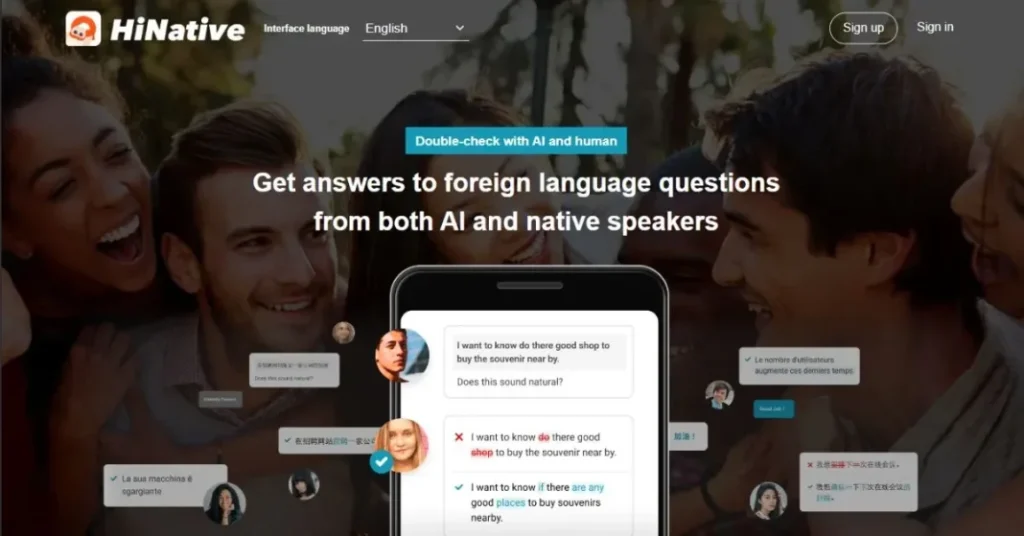
One of the most frustrating parts of learning a new language is the constant stream of questions and doubts that run through your mind, especially in the earlier stages. “Why is this word used like that?”, “Will I sound natural if I say it this way?”, “How do I properly conjugate this verb?” – these are the types of niche questions that often require the expertise of a native speaker or teacher.
Unfortunately, having a language tutor on hand 24/7 is a luxury that most of us simply don’t have access to. This is where the HiNative app steps in to save the day.
HiNative is a free app that allows you to ask any question about a language and get answers directly from native speakers. Covering over 113 languages, this incredible resource provides the perfect solution for learners who need constant feedback and clarification.
- Sign up for free on iOS, Android, or desktop and choose your native language and the language you’re learning.
- Use the app’s question templates to easily ask about vocabulary, grammar, pronunciation, and more.
- Get responses from a community of helpful native speakers, learning authentic language usage beyond just textbook knowledge.
- Upgrade to the premium version to access features like getting your writing corrected by natives.
Dig Deep: Hinative App - English Speaking Practice App
One of the best things about HiNative is that it’s completely safe and free from any dating or messaging features, so you can focus on learning in a distraction-free environment. If you’re looking for a way to get your language questions answered by experts, HiNative is an absolute must-have.
2. Google Docs/Drive: The Ultimate Tool for Feedback and Organization
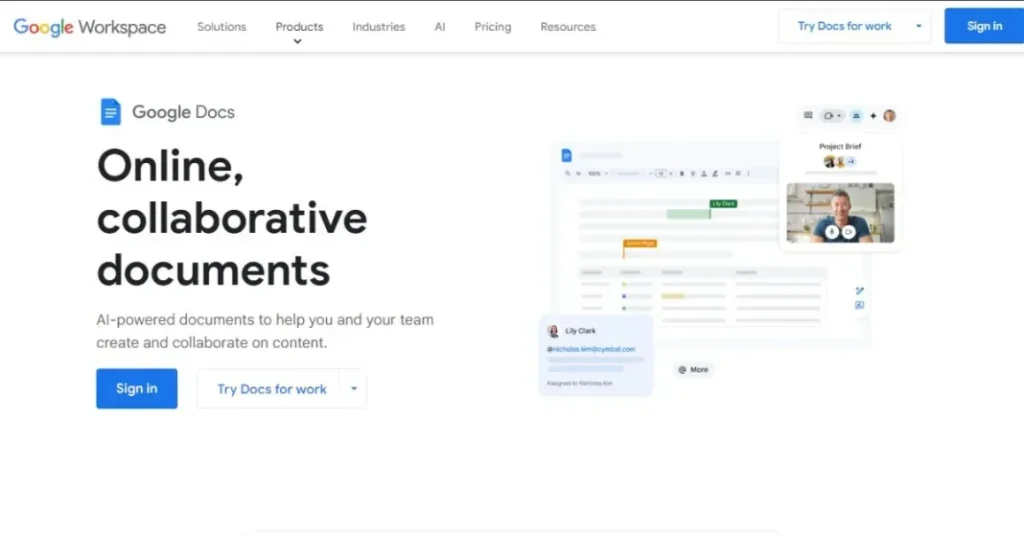
Another invaluable tool for language learners is Google Docs and Google Drive. As both a teacher and a student, I’ve found these platforms to be game-changers when it comes to getting feedback on your work and staying organized.
Here’s how you can use Google Docs to supercharge your language learning:
- Get Detailed Feedback: When you complete homework or essays, have your teacher or language partner review them directly in Google Docs. They can leave comments, make edits, and provide detailed feedback that you can refer back to.
- Stay Organized: Keep all of your language work neatly organized in Google Drive. This way, you can easily access your past assignments, essays, and feedback to use as revision material.
- Collaborate in Real-Time: If you’re working on a group project, Google Docs allows you to collaborate with your teammates in real-time, making the writing process much more efficient.
As a student, I wish I had discovered the power of Google Docs earlier on in my language-learning journey. Having all of my work and feedback in one organized place has been an absolute game-changer, allowing me to track my progress and learn from my mistakes.
If your teacher is still having you handwrite everything, have a conversation with them about modernizing the process with Google Docs. Trust me, it will make your life so much easier!
3. Oxford Learner’s Dictionary: The Ultimate Vocabulary and Pronunciation Tool
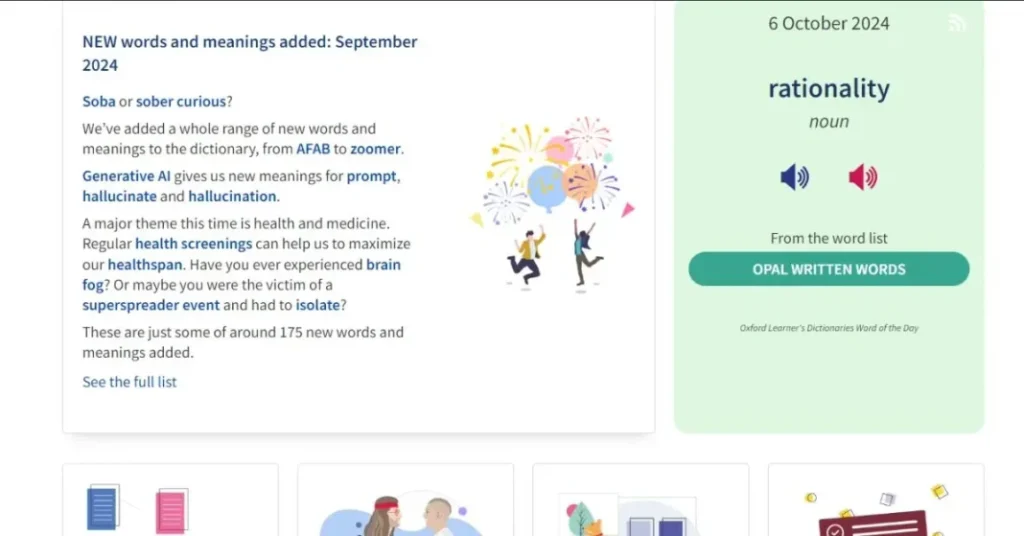
When it comes to language learning, a high-quality dictionary is an absolute must-have. And in my experience, the Oxford Learner’s Dictionary is hands down the best of the best.
What makes this dictionary so special? It’s designed specifically with language learners in mind, providing clear, easy-to-understand definitions along with a wealth of additional features:
- Comprehensive IPA Transcriptions: The Oxford Learner’s Dictionary offers detailed phonetic transcriptions, allowing you to see and hear how words are pronounced in both standard British and American English accents.
- Word Origins and Synonyms: Dive deeper into vocabulary by exploring a word’s etymology and related synonyms, helping you expand your lexical knowledge.
- Personal Word Lists: One of my favorite features is the ability to save words to your own personalized word list. This makes it easy to review and practice new vocabulary you’ve learned.
As both a language teacher and learner, I’ve been using the Oxford Learner’s Dictionary for years, and I can confidently say it’s an invaluable resource. Whether you’re looking to improve your pronunciation, build your vocabulary, or simply understand words more deeply, this dictionary has you covered.
4. Forvo: Hear Authentic Pronunciations from Native Speakers
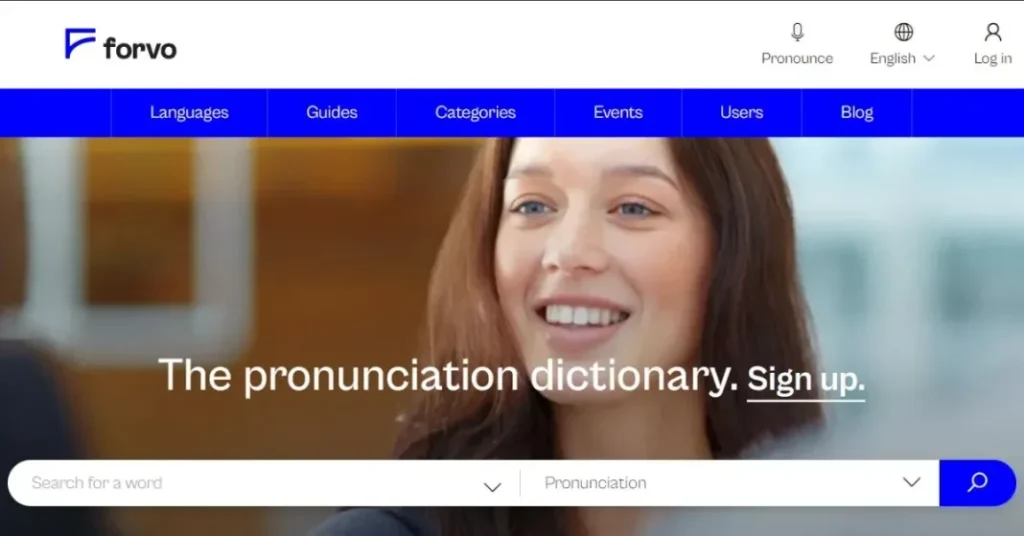
While dictionaries like Oxford Learner’s provide excellent phonetic transcriptions, there’s nothing quite like hearing a word pronounced by a native speaker. That’s where the Forvo website comes in handy.
Forvo is a pronunciation database that allows you to search for any word in a variety of languages and hear authentic recordings from native speakers. This is particularly useful for English learners, as you can compare how a word is pronounced in different accents and dialects.
- Search for any English word and listen to recordings from native speakers in the US, UK, Australia, and more.
- Contribute your own pronunciations to the database, helping to expand the resource for other learners.
- Use Forvo to double-check the pronunciation of tricky words or to simply immerse yourself in authentic spoken English.
Must Read: 10 Best Free Websites to Learn English
Whether you’re struggling with a specific sound or just want to hear how a word is naturally spoken, Forvo is an invaluable tool for improving your English pronunciation. It’s a great complement to the Oxford Learner’s Dictionary and other pronunciation resources.
5. Quizlet: Supercharge Your Vocabulary Acquisition
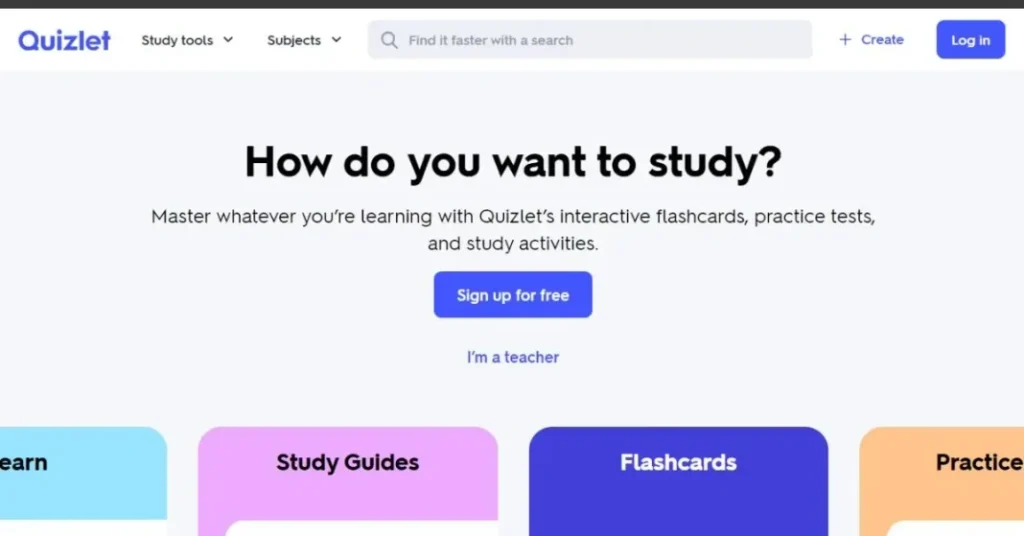
When it comes to building English vocabulary, flashcards are a time-tested and proven method. And one of the best digital flashcard platforms out there is Quizlet.
Quizlet allows you to create your own custom flashcard sets, covering any vocabulary or topics you need to learn. But the real power of Quizlet lies in its vast library of flashcard sets created by other students and teachers.
- Search Quizlet’s database to find pre-made flashcard sets on a wide range of subjects, from medical terminology to business English.
- Take advantage of the platform’s various study modes, including flashcards, matching games, and even audio-based quizzes.
- Share your own flashcard sets with the Quizlet community, helping other learners while also solidifying your own knowledge.
Students Also Read: How Can I Practice Speaking English Alone at Home
Quizlet is a fantastic tool for both individual vocabulary practice and collaborative learning. Whether you’re a student, a teacher, or simply someone who wants to expand their lexical knowledge, this app is an absolute must-have.
6. Spotify: Unlock the Power of Podcast Transcripts
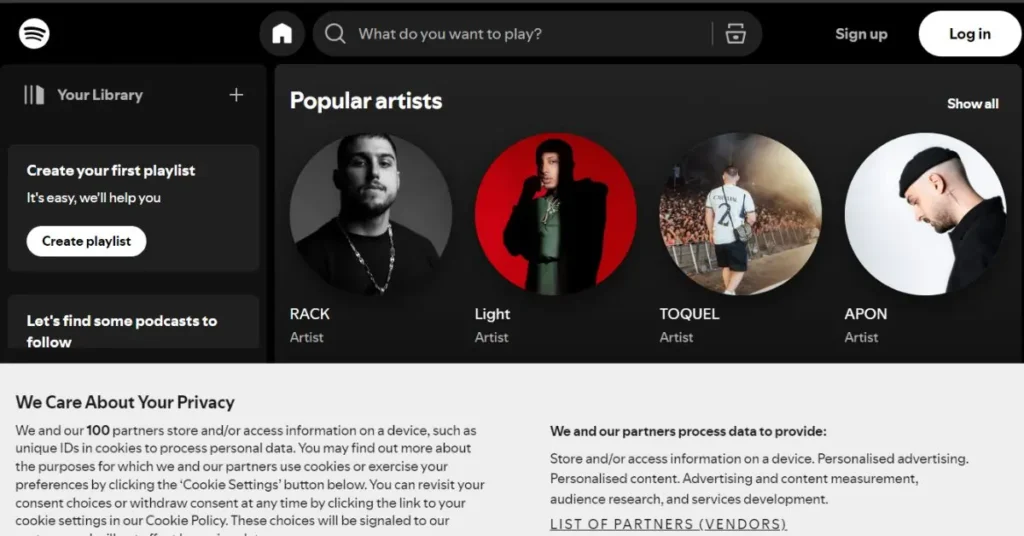
While the BBC Sounds app used to be my go-to recommendation for English language learners, Spotify has recently emerged as an even more powerful platform, thanks to its growing collection of podcast transcripts.
One of the biggest challenges with using podcasts for language learning is the lack of accompanying transcripts. This makes it difficult for learners, especially those who are hard of hearing, to fully engage with the content.
- Spotify’s original and exclusive podcast shows now come with full transcripts, allowing you to read along as you listen.
- This dual input of audio and text is incredibly beneficial for improving your listening comprehension, vocabulary, and overall fluency.
- As Spotify continues to expand its transcript offerings, this platform is becoming an increasingly valuable resource for language learners.
So, if you’re looking to incorporate more authentic audio content into your language studies, be sure to seek out Spotify’s original podcast shows with transcripts. It’s a game-changer for taking your listening skills to the next level.
7. Google Translate: A Helpful (But Cautious) Tool
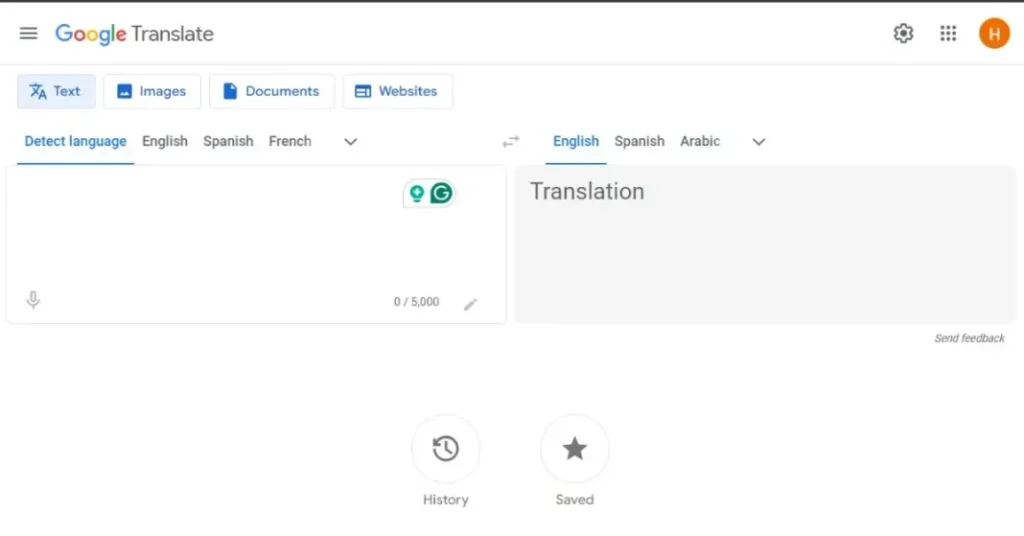
Last but not least, we have the ever-reliable Google Translate. Now, I know what you’re thinking – “Isn’t this just a tool for lazy language learners who want to cheat on their assignments?”
Well, while I certainly don’t recommend using Google Translate to simply translate your entire essays, there are some helpful ways you can utilize this tool as part of your language-learning journey.
- Google Lens: This feature allows you to use your camera to instantly translate text in the real world, such as restaurant menus or street signs. It’s a fantastic on-the-go translation tool.
- Vocabulary Reinforcement: If you come across a word you don’t understand, you can quickly look it up in Google Translate to get the definition and context. Just be sure not to overuse it.
- Comprehension Checks: When reading or listening to content in your target language, you can use Google Translate to check your understanding of key points or phrases.
While Google Translate shouldn’t be a crutch, it can be a helpful supplementary tool when used judiciously. Just be mindful of not relying on it too heavily, as the goal is to build your own language skills, not just rely on machine translation.
Conclusion
You can unlock your English learning potential with these free resources. There you have it – 7 incredible free apps and websites that can take your language learning to new heights. From getting instant feedback from native speakers to building your vocabulary and improving your pronunciation, these tools have everything you need to boost your fluency.
Remember, the key to success is to incorporate a variety of resources into your language learning routine. Don’t just stick to one or two – explore the full range of options and find the ones that work best for your individual needs and learning style.
Read Also:
How to Think in English When Speaking: No More Translating in Your Head
How to Speak English Fluently at Home: Practice Spoken English at Home